Managing Reputation After a High-Profile Ransomware Incident
The Rising Threat of Ransomware in Today’s Digital Landscape
Reputation management after ransomware attacks has become a critical aspect of maintaining trust and confidence in today’s highly networked business environment. As the prevalence and complexity of ransomware campaigns surge, companies across various sectors are confronting an ever-expanding risk. Cybercriminals are no longer targeting just large corporations; they’re also looking at small businesses, healthcare institutions, educational entities, and even government agencies. This indiscriminate approach by attackers amplifies the vulnerability of high-profile and often underprepared targets.
Our organization understands that the consequences of a ransomware intrusion go beyond the immediate disruption of business operations. There is an intrinsic damage to brand image and consumer trust, effects that are much more intricate to mend than the IT systems themselves. Addressing this multifaceted threat requires not only a robust digital defense strategy but also a strong emphasis on the proactive protection of organizational stature in the marketplace.
Reputation Management After Ransomware Attacks: The First Line of Defense
With expertise in managing network integrity, we recognize the magnitude of reputation management after ransomware attacks. Having a forward-thinking strategy not only minimizes potential risks but also positions organizations to recover swiftly in the wake of an attack. This strategic approach combines the efforts of IT management and advanced network services as frontline defenders against these insidious cyber threats.
Our role in preparing for and responding to ransomware attacks is multifaceted, encompassing the deployment of up-to-date network protection tools, regular system audits, employee education, and the formulation of comprehensive incident response plans. Equally crucial is the establishment of communication protocols that can take effect the moment an incident is detected, thereby safeguarding an organization’s reputation by ensuring accurate and timely information dissemination.
Tackling the Crisis: Immediate Steps Post-Ransomware Breach
When a ransomware breach occurs, time is of the essence. Our immediate response to such incidents hinges on a well-orchestrated plan that prioritizes containment and assessment of the breach. Identifying the scale and impact of the attack is essential for effective crisis management and is the first step toward regaining control over the situation. This not only reduces further compromise but also curtails the extent of reputational damage that could ensue.
We emphasize the importance of clear, transparent communication with all stakeholders, including customers, employees, and partners. By managing the narrative from the onset, organizations can reinforce trust and demonstrate resilience, turning a potential reputational disaster into a testament of their commitment to security and their capability to navigate the complexities of a digital crisis. Each step taken during this critical period underlines the importance of a strategic, well-practiced approach to disaster recovery and reputation management after ransomware attacks.
Assessing the Damage After a Ransomware Breach: A Step-by-Step Guide
In the immediate aftermath of a ransomware attack, the clock is ticking to assess the extent of the damage. Swift and strategic action is crucial to determine the impact on your operations, data integrity, and reputation. At Alvaka, we employ a meticulous approach to navigate these critical first moments, understanding that our response sets the stage for reputation management after ransomware attacks.
Initiating the Response Protocol
Upon discovering a breach, we immediately initiate our response protocol. We understand the importance of a timely reaction, leading to efficient control of the damage. Our trained IT professionals commence by isolating infected systems to reduce potential lateral movement of the ransomware. This initial containment is pivotal to prevent further infiltration and data compromise.
Simultaneously, we activate our crisis communication plan to address all stakeholders’ concerns, emphasizing transparency and the steps we are taking. Effective communication is one of the cornerstones of reputation management after ransomware attacks.
Evaluating System and Data Integrity
Next, our team conducts a comprehensive evaluation of system and data integrity. We meticulously scrutinize every affected service to understand the depth of the breach, always maintaining direct lines of communication with our clientele. By identifying which data has been encrypted or exfiltrated, we can deliver an informed prognosis of the situation to our stakeholders, thereby upholding our commitment to transparency and integrity during these trying times.
Engaging in Prompt and Decisive Recovery Efforts
Subsequently, with the preliminary assessment in hand, we promptly engage in decisive recovery efforts. We leverage state-of-the-art tools and rigorously tested plans that have been tailor-made for such exigencies. Our recovery protocols are designed not only to restore services but also to maintain confidence among our clients and their customers, further facilitating reputation management after ransomware attacks.
- Secure backups are checked and validated to ensure they are free of compromise.
- Restoration begins with critical systems and progresses in an orderly manner to less critical ones.
- Throughout this process, consistent updates are provided to all affected parties.
As we traverse the challenging path of recovery, we are not just focused on the technical recalibration but also on sustaining our client’s reputation. After all, recovering from a ransomware attack is not only about IT restoration but also about preserving and rebuilding trust.
Implementing Strengthened Defensive Measures
Following the immediate crisis management, we shift our attention to fortifying defenses against future attacks. This step involves reviewing and upgrading cybersecurity protocols, deploying advanced threat detection systems, and continually educating our clients about best practices. We undertake these improvements with full knowledge that they are vital to the task of post-attack reputation management.
Our holistic approach ensures that the incident becomes an opportunity to demonstrate resilience and a strong cybersecurity posture, ultimately reinforcing the trust placed in our stewardship.
Leveraging Lessons Learned for Future Preparedness
In line with our commitment to continuous improvement, we rigorously debrief and conduct post-incident analyses to discern lessons learned. By identifying both strengths and areas of improvement, we augment our capabilities against future threats. This proactive attitude also serves as a testament to our dedication to reputation management after ransomware attacks, signaling to all that we are steadfast in our commitment to the highest security standards.
Each lesson becomes a stepping stone toward a more robust infrastructure, reflective of our perseverance and adaptability in the face of evolving cyber threats.
Did you know? Following a ransomware attack, rapid response and transparent communication are key to controlling the narrative and protecting an organization’s reputation.
Reputation Management After Ransomware Attacks: Charting the Course to Recovery
Timely Measures to Restore Confidence
In the aftermath of a ransomware attack, our immediate focus at Alvaka shifts to ransomware recovery processes and protocols designed to re-establish operational functionality and secure critical data. However, parallel to these technical responses, reputation management after ransomware attacks commands our urgent attention. We recognize that how we communicate with our clients, stakeholders, and the media plays a pivotal role in maintaining trust and demonstrating our resilience in the face of cyber threats.
We deploy a sturdy communication plan underpinned by honesty and transparency, ensuring that all affected parties are informed of the breach’s extent and the steps we’re taking to address it. By acting swiftly and responsibly, we can not only mitigate the immediate reputational damage but also strengthen our standing by demonstrating our commitment to our clients’ security and privacy.
Long-Term Strategies to Rebuild and Fortify Trust
As we navigate the treacherous waters of public perception post-incident, we understand that reputation management after ransomware attacks is an ongoing endeavor. At Alvaka, we take a multilayered approach to rebuild and fortify trust with our customers. We conduct thorough evaluations and analyses of the attack, learning from every aspect to bolster our defenses and to prevent future incidents. Additionally, we keep our clients informed of our improvements and initiatives, emphasizing our dedication to their security.
A critical part of our approach involves providing proactive education and support to our clients to equip them with the knowledge and tools to mitigate the risks of future ransomware attacks. We believe it’s our responsibility to serve not only as a solution provider but as a partner in enhancing our clients’ cybersecurity knowledge because informed clients are less likely to fall victim to similar threats down the road.
Cementing a Legacy of Resilience and Innovation
At Alvaka, our commitment to helping businesses thrive in a digital world extends beyond emergency responses. Reputation management after ransomware attacks is an integral aspect of our overall mission. By committing to innovation, ongoing support, and the continuous evolution of our security practices, we ensure our clients feel confident and secure working with us. Our legacy isn’t marked purely by the attacks we’ve countered, but more so by the robustness of the recovery and the enhanced safeguards we’ve constructed in the wake of such events.
We are dedicated to upholding the highest standards of service, investing ceaselessly in state-of-the-art IT management and advanced network services that form the bedrock of a secure digital infrastructure. As leaders in the field, we pave the way for a safer internet landscape, transforming the lessons learned from cyber threats into powerful, actionable solutions that not only restore but enhance the reputation and security posture of our clients.
Alvaka’s resilience in the face of cyber adversity is testament to our unyielding desire to protect, serve, and elevate the businesses we work with. Looking ahead, we remain steadfast in our mission to ensure that recovery and reputation management after ransomware attacks become synonymous with excellence and trustworthiness, distancing our clients from the distressing impact of digital threats and steering them towards a prosperous and secure future.
FAQ
What is ransomware, and why is it a significant threat? ▼
Ransomware is a type of malicious software designed to block access to a computer system or encrypt data until a sum of money is paid. It’s a significant threat due to its capacity to halt operations, leak sensitive data, and cause severe financial and reputational damage to organizations. Furthermore, ransomware attacks are becoming more advanced, making them harder to prevent and respond to effectively.
How can high-profile targets in various industries protect themselves from ransomware? ▼
High-profile targets can protect themselves by implementing a comprehensive cybersecurity strategy that includes regular software updates, employee training, robust backup solutions, and advanced network services that monitor for and mitigate threats. Additionally, employing a multilayered security approach is crucial for defending against various attack vectors.
What is the role of reputation management in ransomware attacks? ▼
Reputation management is critical before, during, and after a ransomware attack. Proactively establishing a positive brand image and trust with stakeholders can increase resilience against the reputational damage of an attack. Moreover, following an incident, a well-managed response can help maintain stakeholder confidence and mitigate the negative impact on the organization’s public image.
Why is it essential to have a proactive communication strategy during a ransomware crisis? ▼
Having a proactive communication strategy ensures that an organization can quickly and transparently inform all stakeholders about the nature and extent of the breach. Effective communication is crucial for maintaining trust, minimizing speculation, and demonstrating the organization’s commitment to resolving the issue and protecting affected parties.
What are the first actions to take immediately after a ransomware breach? ▼
Immediately after a ransomware breach, it’s imperative to contain the attack by disconnecting infected systems, assessing the scope of the impact, and securing backups. It’s also crucial to inform law enforcement and engage cyber incident response professionals who can assist in recovery efforts.
How does quick action after a ransomware breach influence reputation? ▼
Quick and decisive action can help control the narrative surrounding the breach, demonstrating that the organization is capable and responsible. This can significantly influence public perception, thereby preserving the organization’s reputation and potentially reducing the fallout from the incident.
What should be included in a disaster recovery plan for ransomware attacks? ▼
A disaster recovery plan should include clear procedures for data restoration, communication protocols, roles and responsibilities, and business continuity measures. It should also involve a thorough risk assessment and regular testing to ensure that the organization is prepared to respond effectively to a ransomware incident.
How can an organization maintain transparency with its stakeholders during a ransomware attack? ▼
Organizations can maintain transparency by providing regular updates about the status of the recovery process, what measures are being taken to address the breach, and how the incident is being investigated. It’s also important to be candid about the potential impact on stakeholders and the steps being taken to protect their interests.
How can an organization prepare its employees for potential ransomware threats? ▼
To prepare employees for potential ransomware threats, organizations should provide regular security training that includes identifying suspicious activity, proper handling of emails, and safe web browsing practices. Additionally, conducting simulated phishing exercises can help reinforce training and keep staff vigilant.
What steps should be taken to restore operations and secure systems after a ransomware attack? ▼
After a ransomware attack, organizations should focus on safely restoring critical operations from backups, repairing and strengthening security gaps that were exploited, and ensuring that all systems are clean before reconnecting to the network. Partnering with cybersecurity experts can also provide additional insights on how to bolster defenses and prepare for potential future threats.

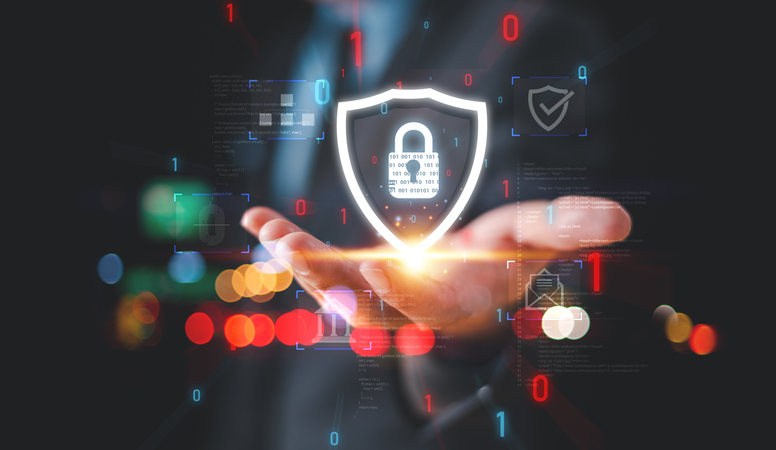
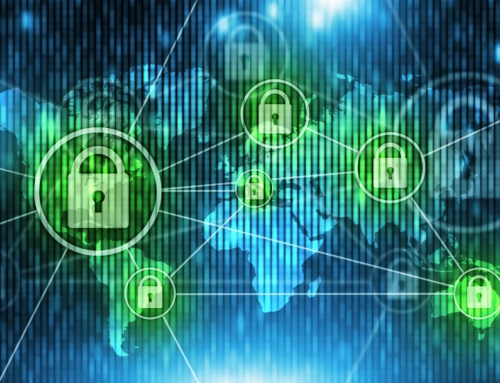
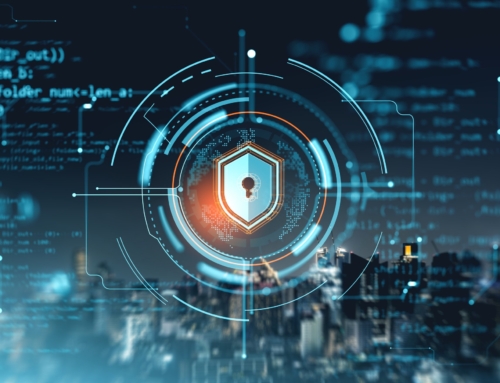
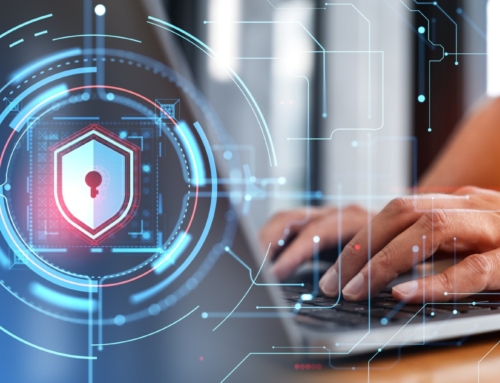
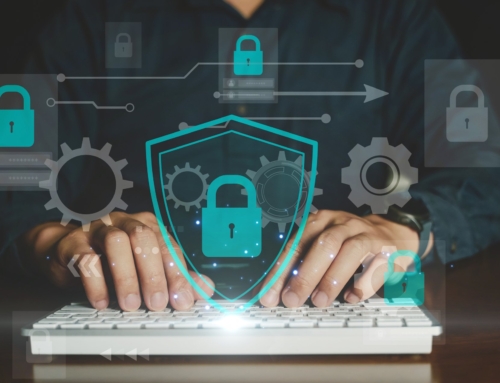


 Smoke testing is a term used to describe the testing process for servers after patches are applied.
Smoke testing is a term used to describe the testing process for servers after patches are applied.  This is a basic cost calculator for you to compute your typical monthly cost for patching your servers, PCs, laptops, tablets and associated application software. It also forms the basis for you to begin calculating your Return on Investment for software patching, or for comparison with alternatives to the manual process of patching operating systems and application software—such as Patch Management as a Service, also known as Vulnerability Management as a Service.
This is a basic cost calculator for you to compute your typical monthly cost for patching your servers, PCs, laptops, tablets and associated application software. It also forms the basis for you to begin calculating your Return on Investment for software patching, or for comparison with alternatives to the manual process of patching operating systems and application software—such as Patch Management as a Service, also known as Vulnerability Management as a Service.